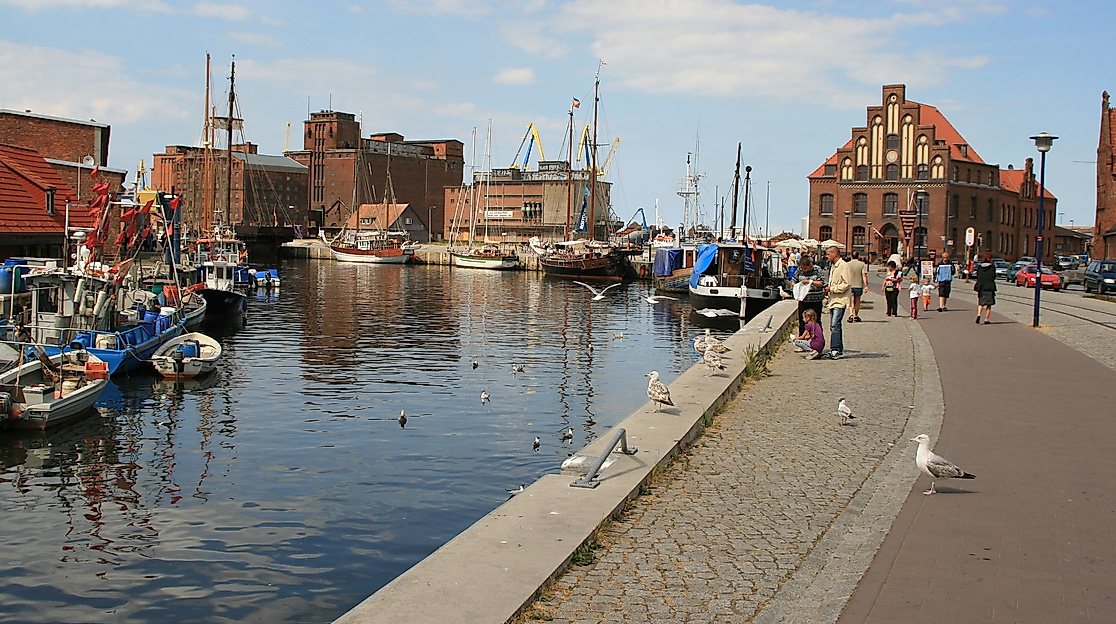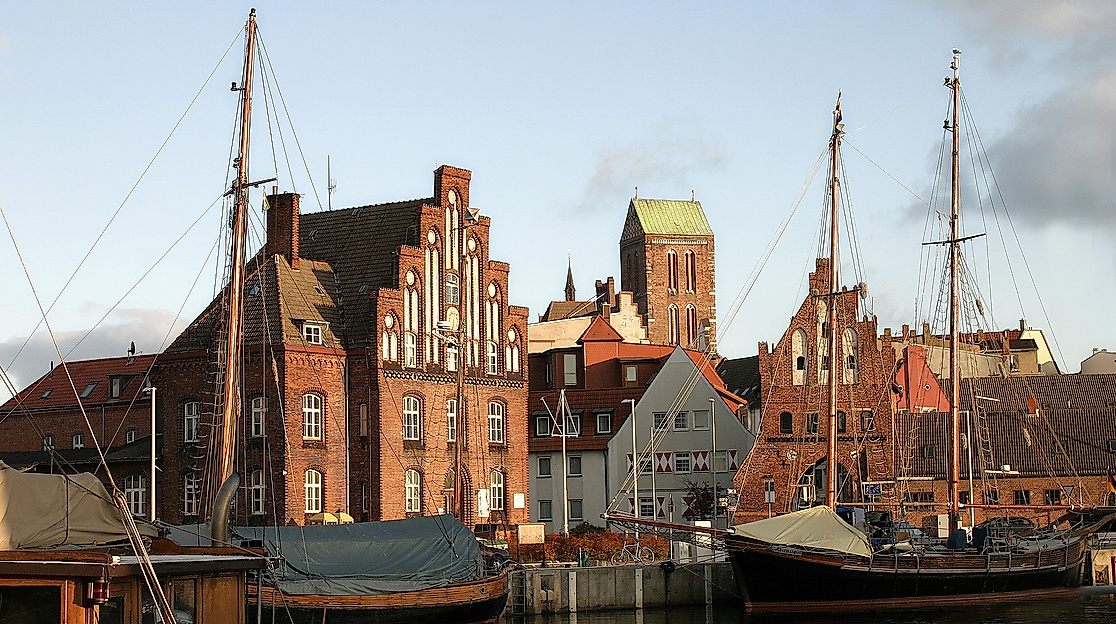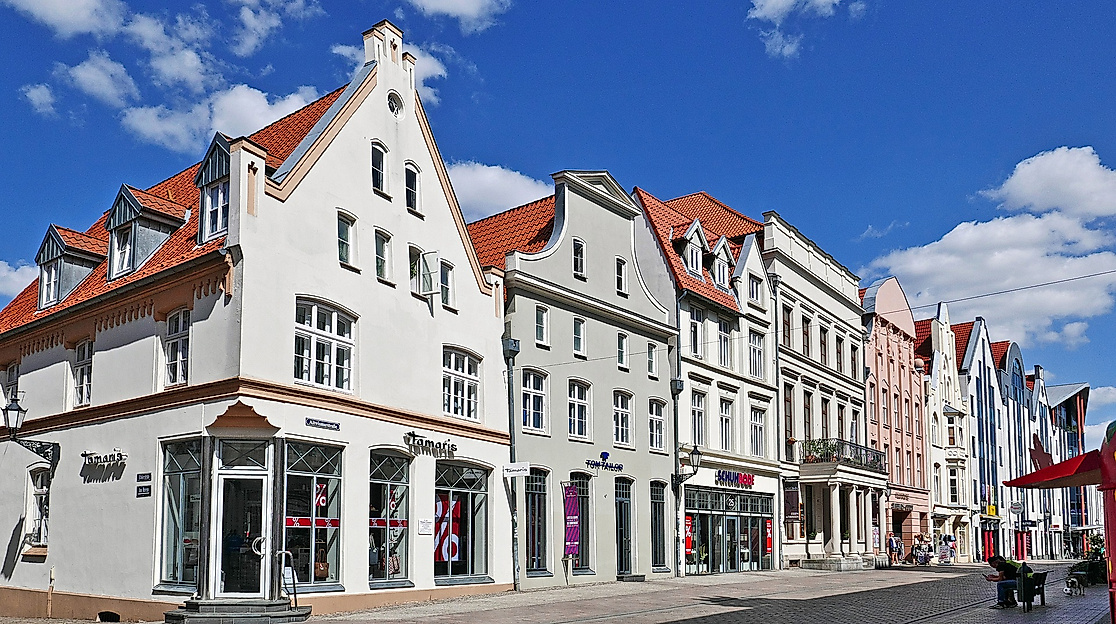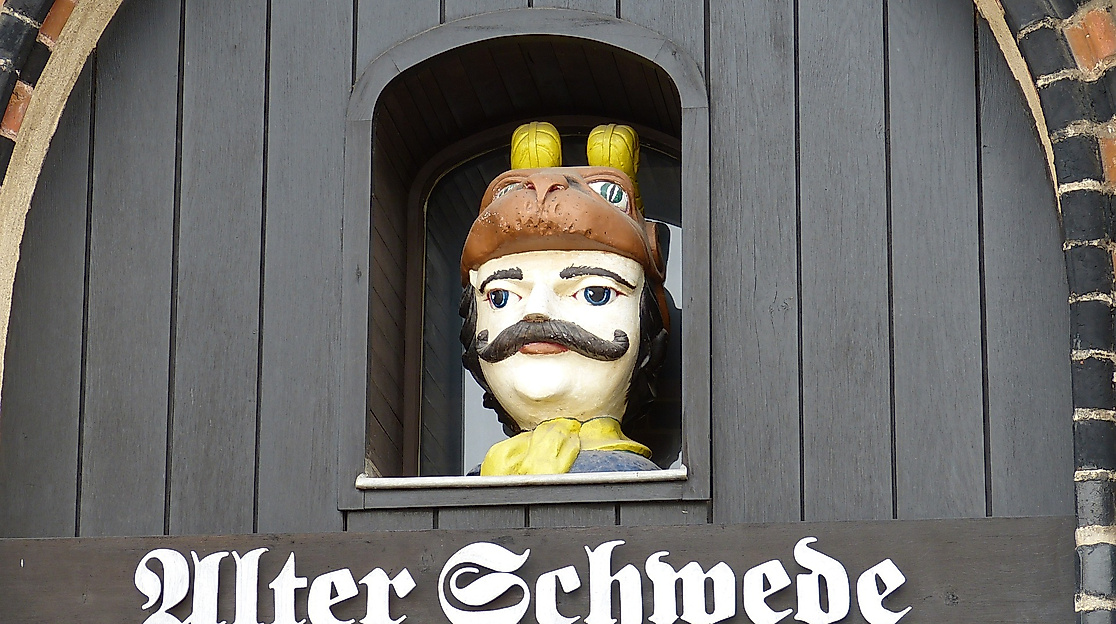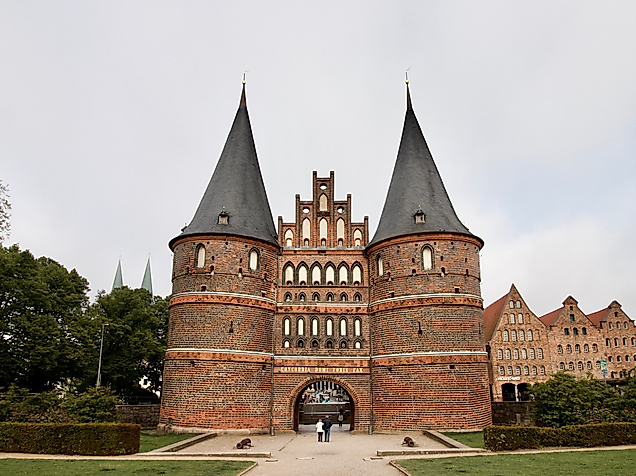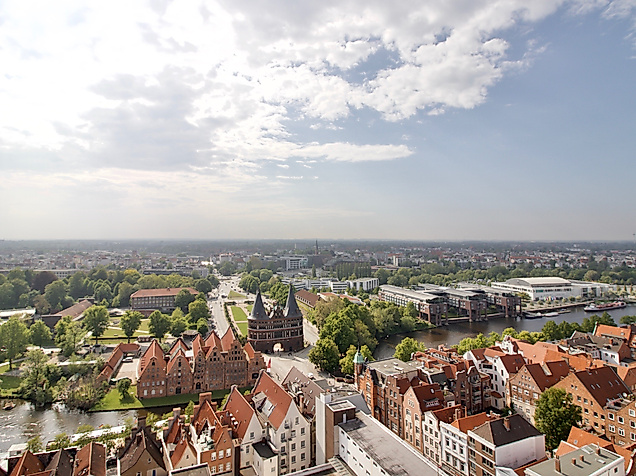
Hanseatic City Wismar A beautiful small town at the Baltic Sea
Impressive brick buildings and gabled houses draw the cityscape of the Hanseatic city of Wismar. From Schwedenköpfen to Karstadt there is a lot to discover here.
The Hanseatic city of Wismar lies on the Baltic coast of Mecklenburg-Vorpommern. The former seafaring town at the southern tip of the Wismar Bay looks back on an eventful history.
A look into the past
The first documentary mention of Wismar dates back to 1229. Only a few years later the town joined the Hanseatic League on the Baltic Sea and flourished under the influence of successful merchants. Three hundred years later, after the end of the exhausting Thirty Years' War, Wismar was taken by Swedish troops. It was not until 1903 that Wismar was finally returned to Mecklenburg by the Swedes. After the division of Germany, Wismar belonged to the district of Rostock in the GDR until reunification.
Memories of early times
The multifaceted past of the city is revealed during the foray through Wismar. The Swedish heads in front of the tree house at the Old Harbour as well as the oldest town house at Wismar's market square remind us of the Swedish era. The impressive brick churches bear witness to the successful Hanseatic period. Unmistakable landmarks of the city are the cathedrals St. Georgen, St. Marien and St. Nikolai.
The old towns of Wismar and Stralsund have been UNESCO World Heritage Sites since 2002. Those interested can find out more about UNESCO and the history of Wismar in the World Heritage House.
From market to Karstadt
The town centre of Wismar is adorned by a market square measuring around 10,000 square metres. It is one of the largest in northern Germany. The water art - a pavilion-like, free-standing building - is enthroned in the middle of the square. While it was once an important part of the city's water supply, today it is only an attraction worth seeing for visitors to the city. A few streets away, the Karstadt flagship store invites you to stroll. A museum in the department store commemorates the founding of the department store in Wismar.
Harbour
Memories of the seafaring traditions of the Hanseatic city are kept alive at the Old Harbour. In addition to traditional cutters, large cruise ships and small excursion boats moor here. Anyone interested in medieval town planning should take a look at the pit. The pit is one of the oldest artificial watercourses in Germany, leading through a city. In the 13th century, the developed and regulated brook was used to supply drinking and service water to the city's inhabitants. It still connects Lake Schwerin with the Baltic Sea today.
From Hamburg to Wismar
The city on the Baltic Sea can be reached from Hamburg by car in about one and a half hours and by train in two and a half hours.
